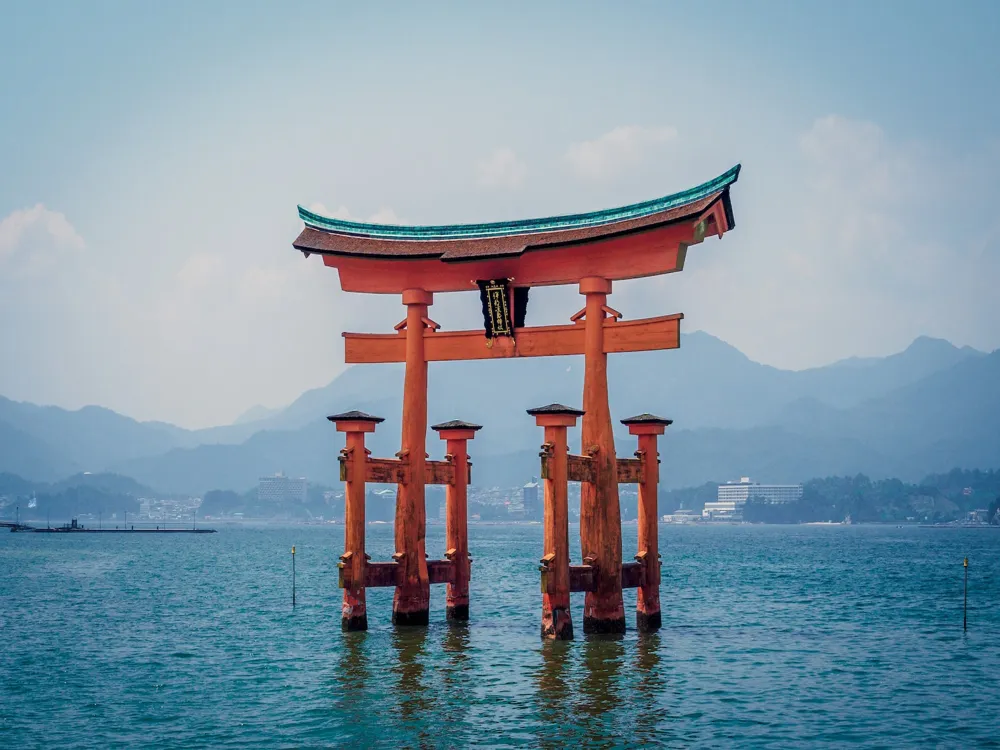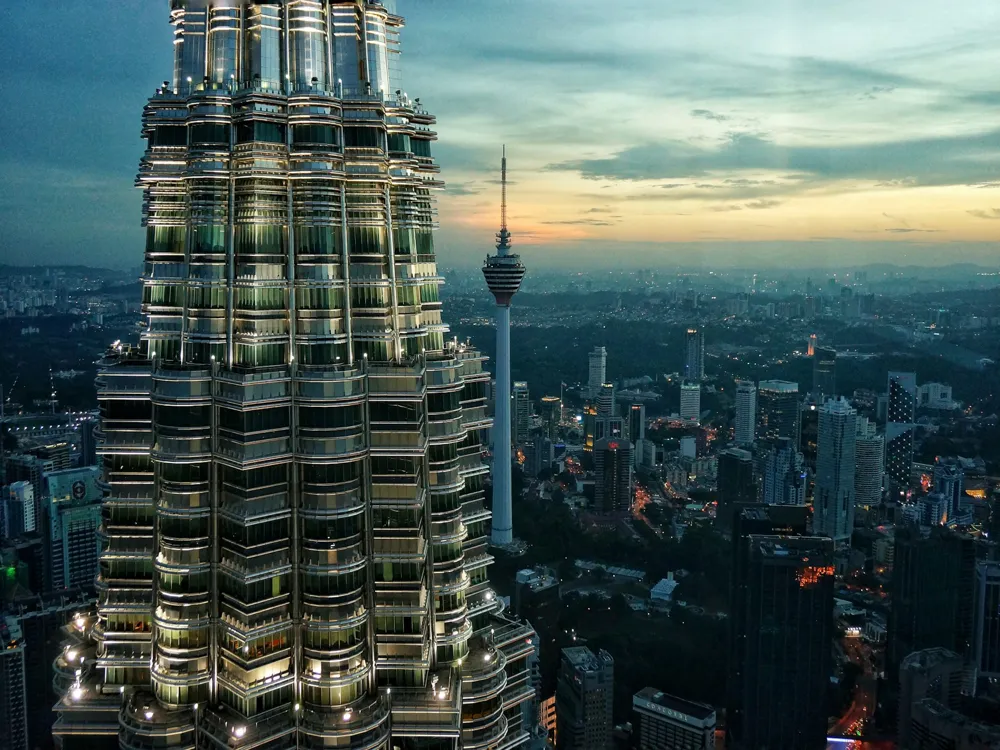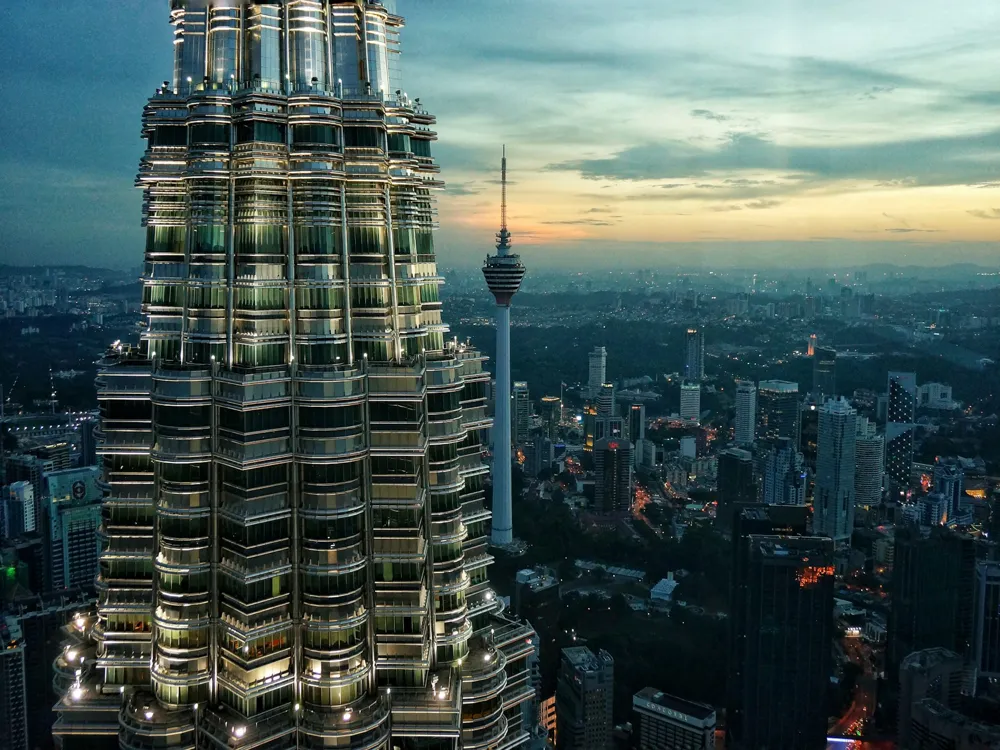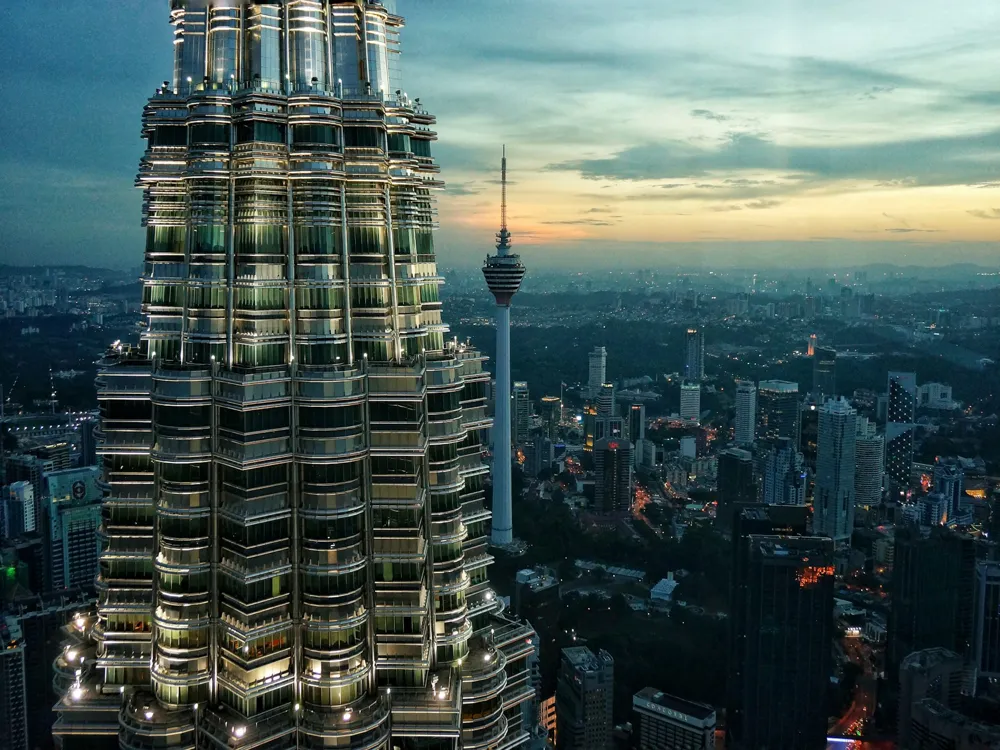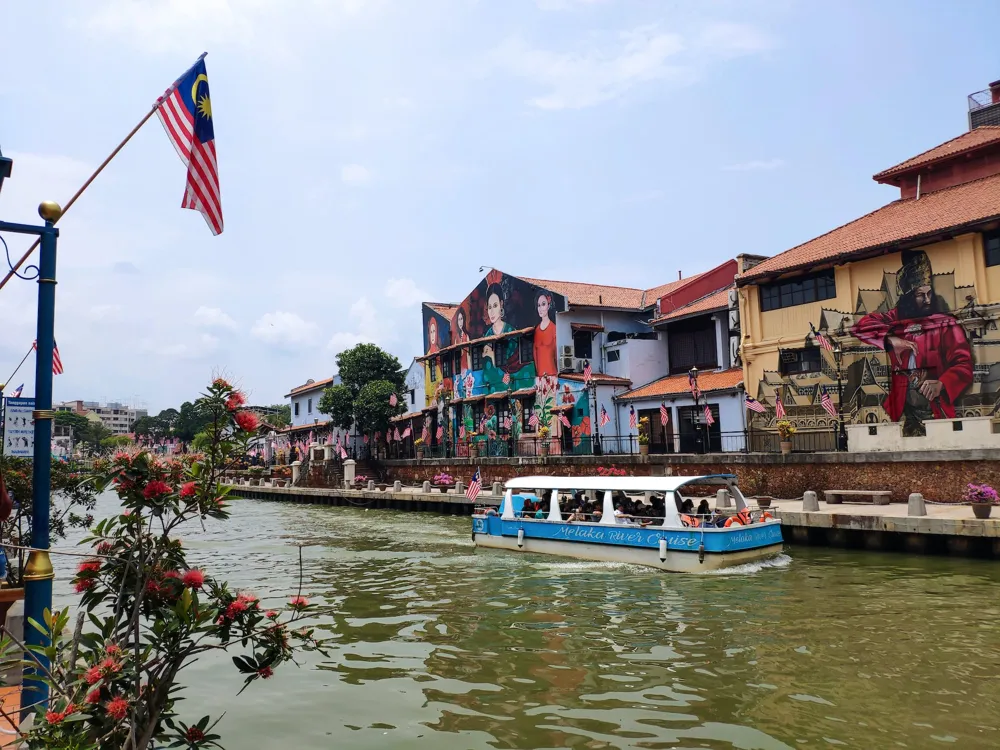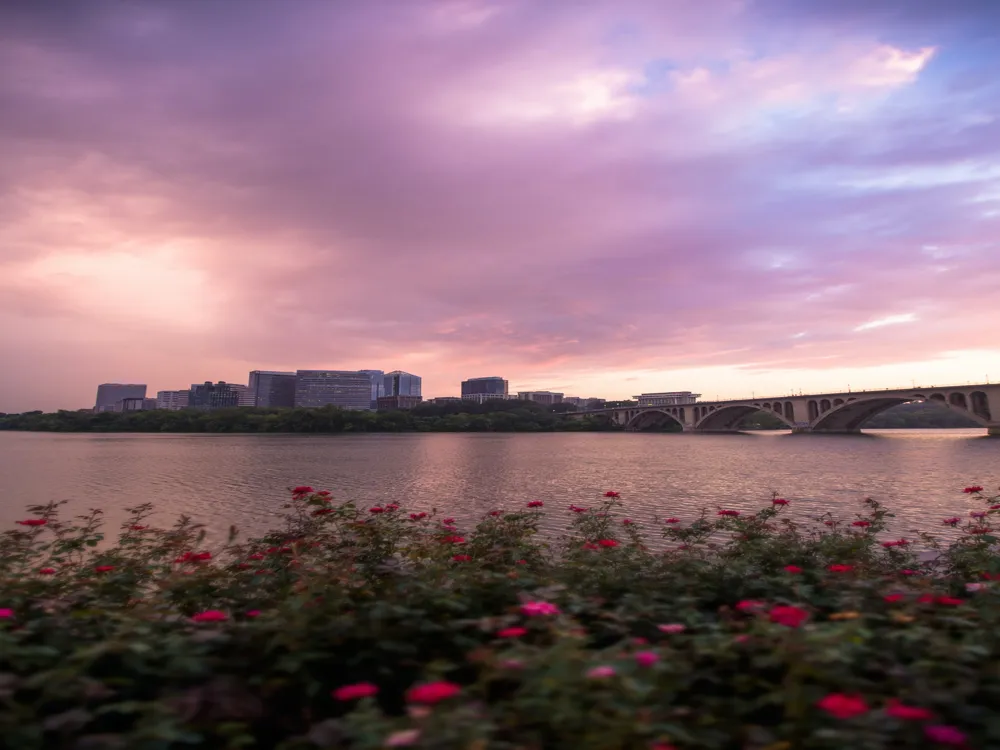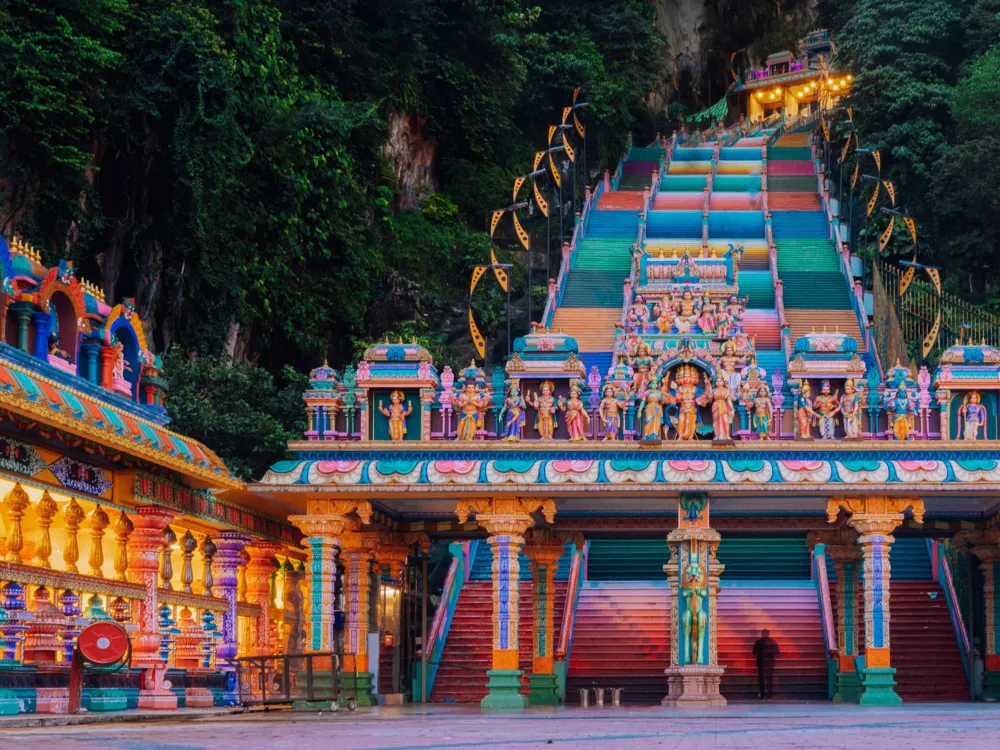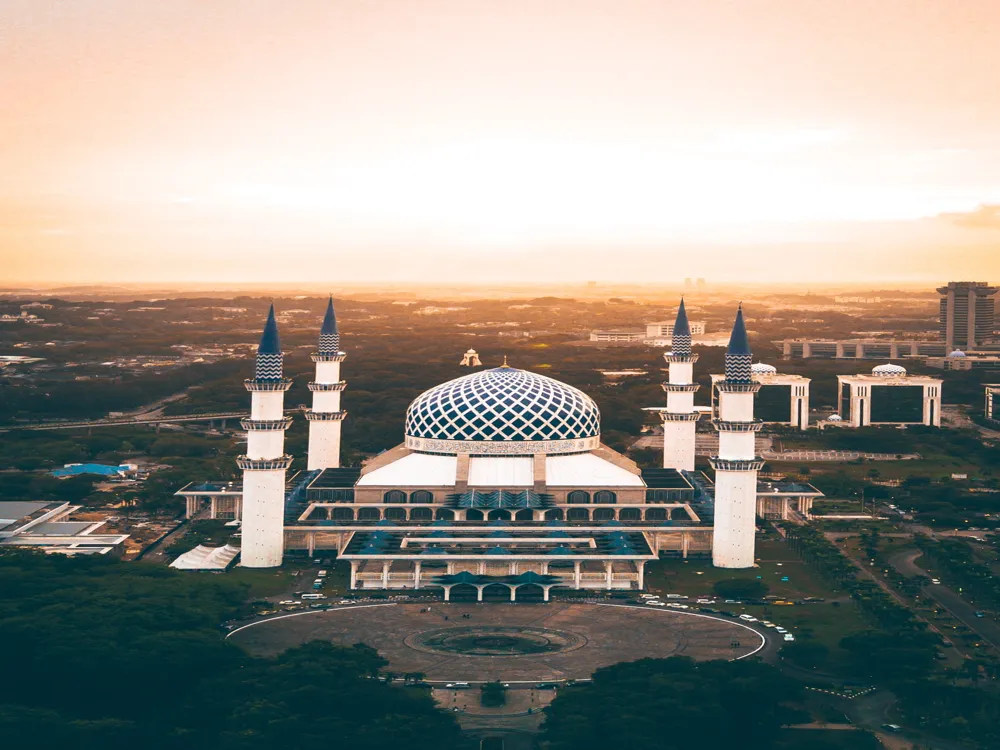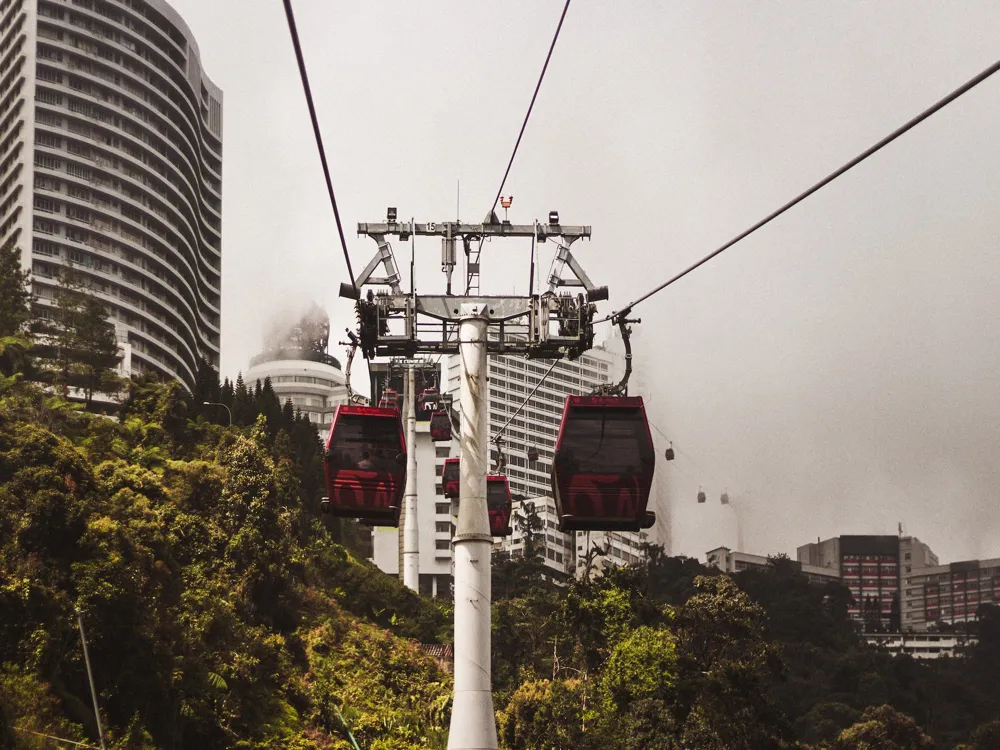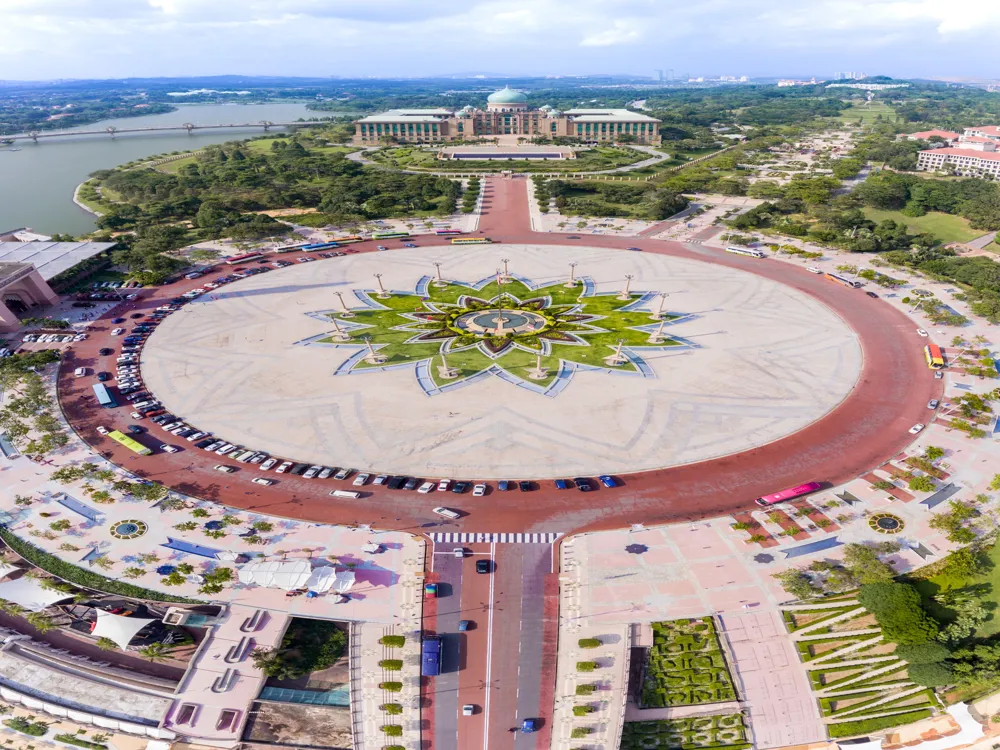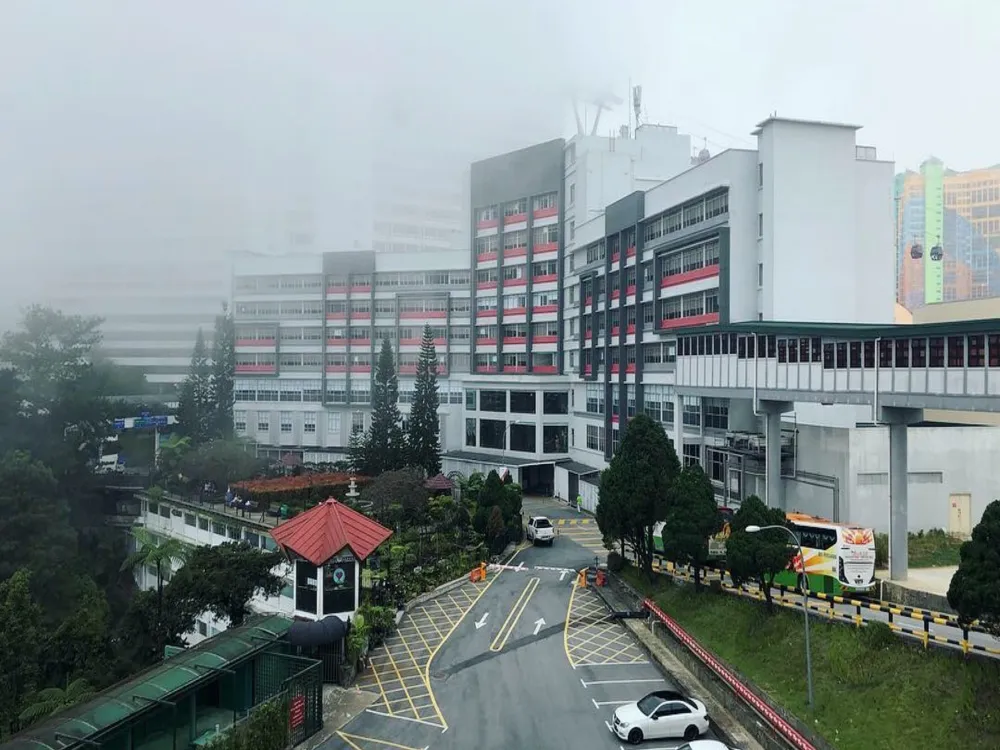Nestled in the bustling city of Kuala Lumpur, Sri Kandaswamy Kovil stands as a beacon of Hindu tradition and cultural heritage. This sacred temple, dedicated to Lord Murugan, is not just a place of worship but a symbol of the Indian Tamil community's rich history in Malaysia. The temple's inception dates back to the early 20th century, signifying over a hundred years of spiritual and cultural significance. As one of the most prominent Hindu temples in Kuala Lumpur, Sri Kandaswamy Kovil is renowned for its vibrant celebrations, particularly during Thaipusam and Panguni Uthiram festivals. The temple’s architecture is a splendid example of the South Indian Tamil style, replete with intricate carvings, majestic Gopurams, and colorful statues. These elements not only embody the architectural brilliance but also represent various Hindu mythologies and stories. The main deity, Lord Murugan, is enshrined in the sanctum sanctorum, radiating a sense of divine presence that envelops devotees and visitors alike. The temple complex also houses other deities, fostering an inclusive atmosphere for worship and meditation. Beyond its religious significance, Sri Kandaswamy Kovil has played a pivotal role in the social and cultural fabric of the Tamil community in Kuala Lumpur. It has been a hub for cultural education, teaching classical music, dance, and language, thus preserving and promoting Tamil culture among the younger generations. The temple's active engagement in charity and social welfare activities further cements its role as a vital community center. Visitors to Sri Kandaswamy Kovil are greeted with an atmosphere of peace and spirituality. The temple's serene ambiance offers a stark contrast to the city's hectic pace, making it a haven for those seeking tranquility and spiritual solace. Whether one is a devotee, a lover of art and architecture, or simply a curious traveler, Sri Kandaswamy Kovil promises an enriching and soulful experience. The architecture of Sri Kandaswamy Kovil is a marvelous testament to the artistic and engineering prowess of the Tamil community. Its design follows the traditional South Indian Tamil temple architecture, known as the Dravidian style, characterized by its towering Gopurams (gateway towers), intricately carved pillars, and vibrant statues. The temple's layout is symbolic, representing the human body and the universe, with each architectural element holding a deep spiritual meaning. At the entrance, the towering Rajagopuram (main tower) stands majestically, adorned with an array of colorful statues depicting gods, goddesses, and mythological creatures. This Gopuram not only serves as a grand welcome but also symbolizes the threshold between the material and spiritual worlds. As devotees pass through it, they are said to leave behind the worldly distractions and enter a realm of divine consciousness. The temple’s inner sanctum, or Garbhagriha, houses the primary deity, Lord Murugan. This sacred chamber is constructed to ensure that the energy emanating from the deity is contained and amplified, creating a powerful spiritual experience for the devotees. Surrounding the sanctum are various halls and shrines dedicated to other deities, each adorned with exquisite carvings and sculptures that narrate tales from Hindu scriptures. The temple’s pillars are another highlight, showcasing the skilled craftsmanship of the artisans. These pillars are not just structural elements but are canvases for intricate carvings of deities, floral motifs, and scenes from Hindu epics. The Mandapam (hall) where rituals and ceremonies are performed is supported by these pillars, creating a space that is both sacred and artistically profound. The use of vibrant colors in the temple's architecture is significant, with each color symbolizing different aspects of spirituality and philosophy. The bright reds, yellows, and blues are not just aesthetically pleasing but also carry deep meanings, such as courage, purity, and tranquility. The entire architectural design of Sri Kandaswamy Kovil is a harmonious blend of spirituality, art, and science, making it a masterpiece of Tamil architecture in Kuala Lumpur. Visitors should adhere to a modest dress code. Traditional attire is appreciated, but not mandatory. Avoid wearing revealing or overly casual clothing. It is customary to remove shoes before entering the temple premises. Respect the sanctity of the temple by maintaining a quiet demeanor. Mobile phones should be switched off or kept in silent mode. Photography inside the temple may be restricted, especially near the sanctum sanctorum. Visiting during festivals like Thaipusam or Panguni Uthiram can be a unique experience. However, expect large crowds and plan your visit accordingly. Participating or observing the rituals and ceremonies can offer deeper insight into the temple’s cultural significance. For a comprehensive understanding of the temple’s history, architecture, and rituals, consider joining a guided tour. These tours often provide fascinating insights not immediately apparent to casual visitors. While not obligatory, visitors can make donations or offer prayers. These contributions are used for the maintenance of the temple and various charitable activities. Follow the temple’s guidelines for offerings. Sri Kandaswamy Kovil is conveniently located in Kuala Lumpur and is easily accessible by various means of transportation. For those using public transport, the nearest train station is the KL Sentral Station, which is a major transit hub. From KL Sentral, one can take a taxi or a local bus to reach the temple. Visitors driving to the temple will find ample parking space available in the vicinity. For international travelers, the temple is approximately an hour's drive from Kuala Lumpur International Airport. It's advisable to check local traffic conditions and plan your journey accordingly. Read More:Overview of Sri Kandaswamy Kovil, Kuala Lumpur
Architecture of Sri Kandaswamy Kovil
Tips When Visiting Sri Kandaswamy Kovil
Dress Code
Conduct and Etiquette
Festival Times
Guided Tours
Donations and Offerings
How To Reach Sri Kandaswamy Kovil
Sri Kandaswamy Kovil
Kuala Lumpur
₹ 18,000 onwards
View kuala-lumpur Packages
Kuala-lumpur Travel Packages
View All Packages For Kuala-lumpur
Top Hotel Collections for Kuala-lumpur

Private Pool

Luxury Hotels

5-Star Hotels

Pet Friendly
Top Hotels Near Kuala-lumpur
Other Top Ranking Places In Kuala-lumpur
View All Places To Visit In kuala-lumpur
View kuala-lumpur Packages
Kuala-lumpur Travel Packages
View All Packages For Kuala-lumpur
Top Hotel Collections for Kuala-lumpur

Private Pool

Luxury Hotels

5-Star Hotels

Pet Friendly







